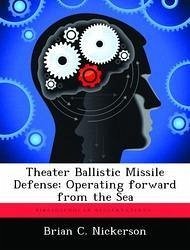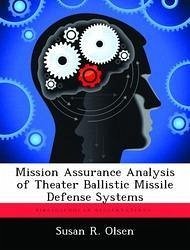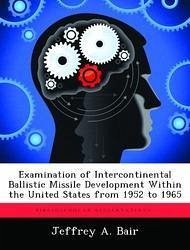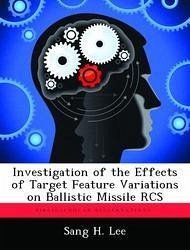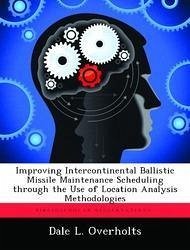Nicht lieferbar

Attacking the Theater Mobile Ballistic Missile Threat
Versandkostenfrei!
Nicht lieferbar
Following the Vietnam War, the Air Force did not conduct a reassessment of the fundamental purposes or theoretical foundations of tactical command and control. Thus, although technology had improved the efficiency of the TACC, the Air Force entered Desert Storm with a C2 system that doctrinally was little changed from Vietnam. There are two implications. First, the air commander cannot execute responsive strategic conventional air war without disrupting the mission planning process, or without sacrificing his attack plan. In addition, since the value of targets may change drastically over time...
Following the Vietnam War, the Air Force did not conduct a reassessment of the fundamental purposes or theoretical foundations of tactical command and control. Thus, although technology had improved the efficiency of the TACC, the Air Force entered Desert Storm with a C2 system that doctrinally was little changed from Vietnam. There are two implications. First, the air commander cannot execute responsive strategic conventional air war without disrupting the mission planning process, or without sacrificing his attack plan. In addition, since the value of targets may change drastically over time, the system cannot provide the air commander with an objective means of determining the relative importance of pre-planned and opportunity targets. Second, assessment remains disconnected from political and military objectives. Despite efforts to improve Battle Damage Assessment, the Air Force's primary measures of effectiveness are still measures of efficiency. Experience in the Persian Gulf War supports both conclusions.






